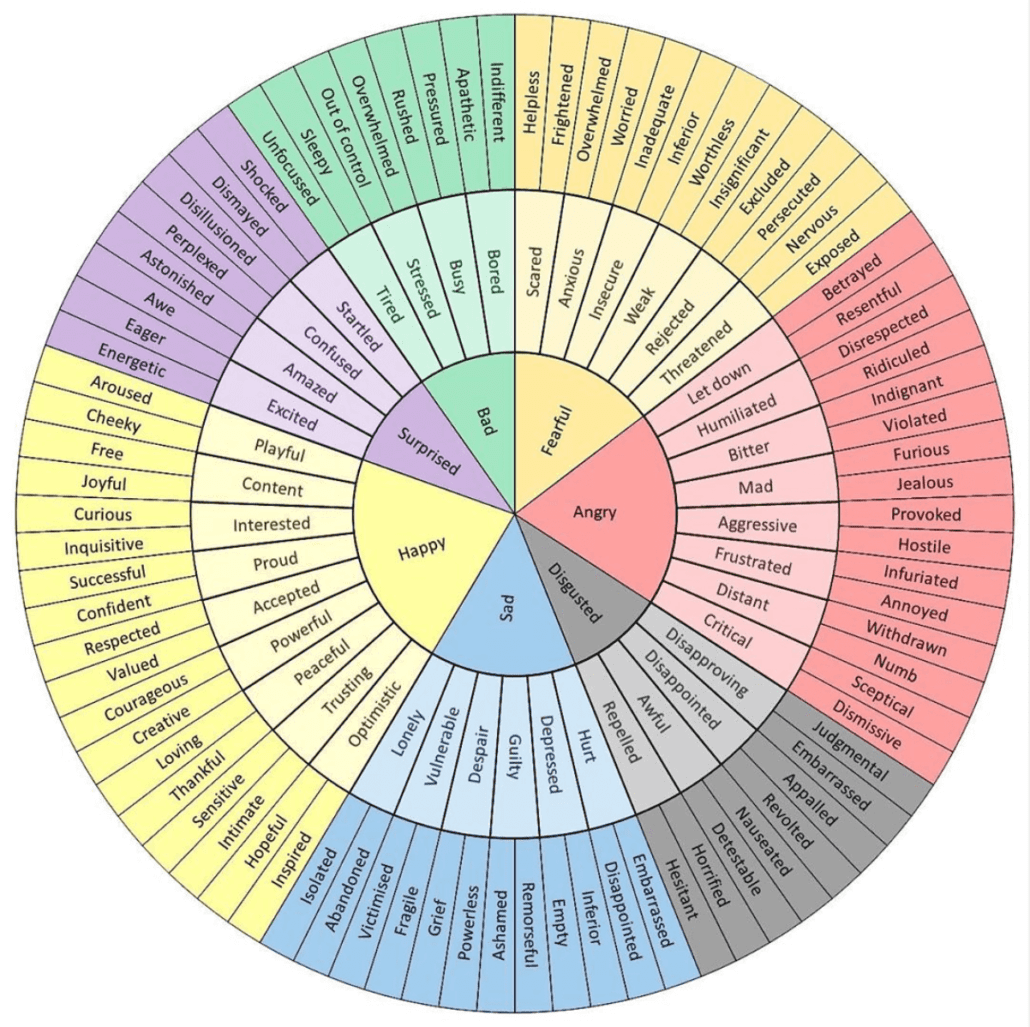It’s election season. Unless you live under a rock, you already know that because it’s pretty much impossible to escape the endless ads everywhere you look reminding us who to vote for.
Now imagine election season through the eyes of a child. They’re taking in the information they hear at home, possibly at their grandparents’ house, on social media, and from friends. But do they really understand what’s happening?
You might wonder if they even care. But if you’re talking about it, they’re probably at least interested in what is happening. They may feel the stress and anxiety of it all but have no idea what’s really going on. The good news is, you can guide your child through election season.
This is a great opportunity to teach your child:
How our country operates…
Talk about the different political parties, what they represent and what their history is. Look at each party’s website and ask your child what the differences are in each party’s perspective. Explain how people can become candidates and what is required of them. Discuss how the people in this country get to choose their leadership and how that differs from other countries.
Ask them what it means that we are called “the United States of America.”
Talk about the Electoral College and the role it plays in the election process. You can even get them to research why some people want to make changes in the Electoral College.
How to get accurate information…
With all of the talking heads giving their opinions about candidates, this is the perfect opportunity to teach your children how to educate themselves about the candidates and the issues versus taking all information at face value. Show them how to search for the facts concerning the issues. Talk about the dangers of believing every headline.
How to talk about the different issues with people even when you disagree…
This right here might be one of the most important skills you can teach your children through the election process. It seems as though the art of civil discourse has been tossed to the curb in our society. Model for your children how to disagree without being disagreeable.
Possibly one of the greatest things about our country is, people are allowed to not only have an opinion, but they are also allowed to openly state that opinion without fear of being killed for it by the government. That’s not the case in many other countries where dictatorships exist.
Modeling how to respectfully have a conversation with someone who has differing opinions will show your children not only that it’s possible, but that it’s educational. Show them how to ask questions and to be curious about why someone believes what they believe. Let them see you listening to the person’s perspective and even saying things like, “I appreciate your thoughts on that. I’m not sure I agree with them, but I appreciate your perspective.”
While you may not want your children to watch the debates live, you can watch it with them later. Doing so and asking them what they see, how people treated each other when they disagreed, what they learned about the issues, how they know what is true, etc., is a great educational experience.
Most children, until the middle or high school years, are likely to parrot their parent’s opinion. Start early teaching them why it’s important to decide what you believe. Let them know it’s also important to have people in your life who don’t necessarily see things exactly the way you do. Having people in your life who have differing opinions makes your life richer.
What it means to have the right and privilege to vote, and why it matters…
The freedom to vote has been a long road for many people and there are still struggles today. According to the U.S. Census Bureau, only 61.4 percent of Americans eligible to vote actually did so in the 2016 presidential election. The irony of this is that voting is actually how you have a real voice in the process of selecting our leaders. Even if your candidate doesn’t win, you still have a say.
Last, but not least, let’s talk about relationships as you guide your child through election season.
The way you engage with the people you love matters and can impact whether they feel safe and secure in their relationship with you. As many are experiencing right now, even family members don’t necessarily agree about who to vote for, and that’s ok.
Sometimes this can make family life really stressful, especially for children. At the end of the day, remember, relationships are more important and long-lasting than your political perspective. When your children see you respectfully disagree, share your own opinions, listen objectively to other points of view with extended family members, friends or even your spouse, they’re learning what it means to have civil discourse about elections at a moment in time when everybody believes there is a lot at stake for the future of our country.
Photo by Ketut Subiyanto from Pexels


